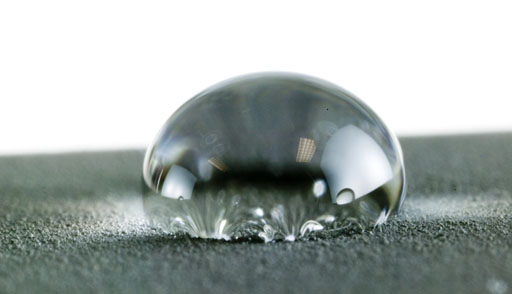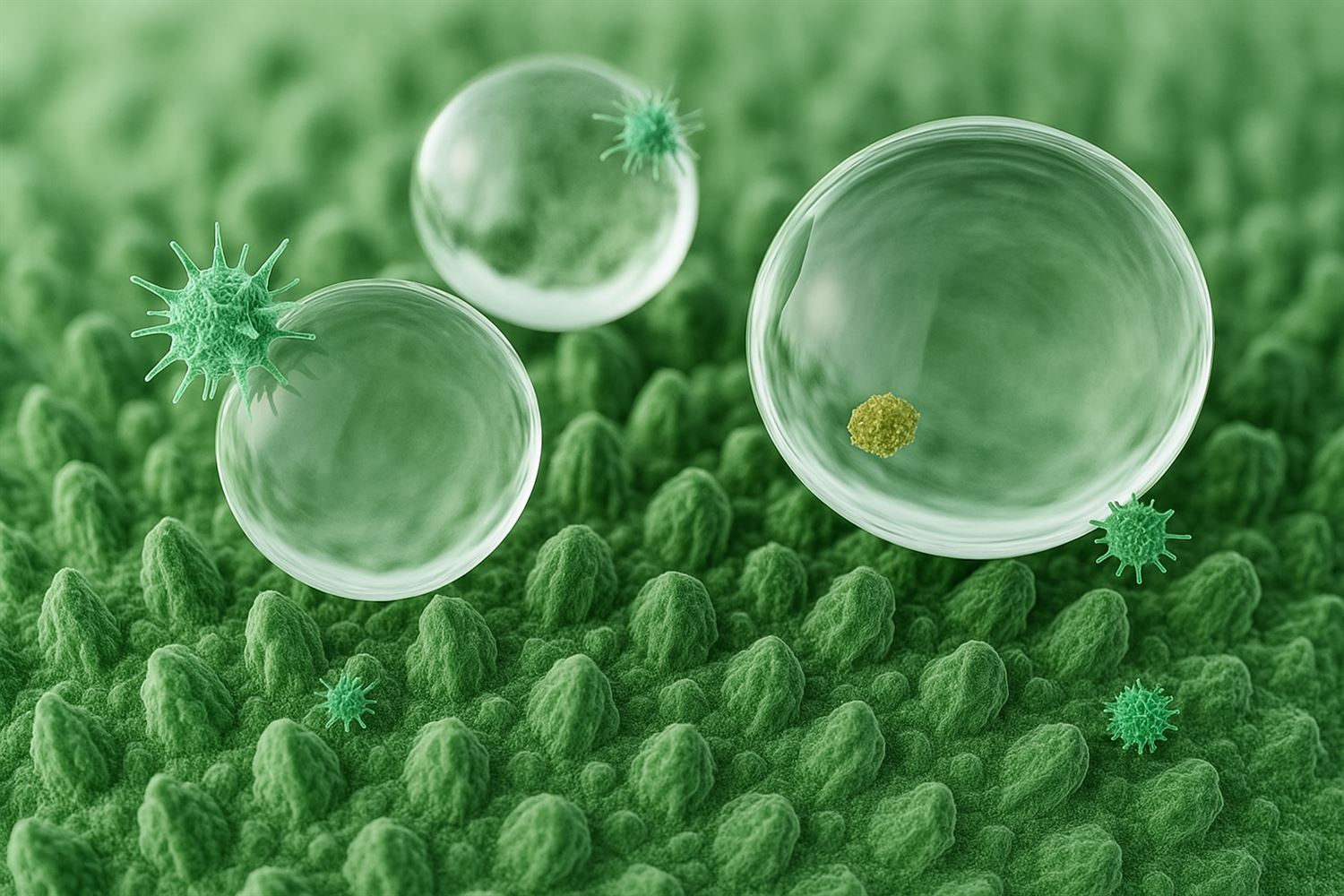Self Cleaning Glass; a myth or reality
Glass Balustrades | Juliet Balconies | Galleries | Articles | Case Studies
Isn't it a dream come true, glass that cleans itself? No more dust, grime, calcium deposits and dirt to ruin the views?
One of the most tedious tasks in life is maintenance and cleaning. Just the words "self cleaning" will sell almost anything. It is an obvious requirement and will always fetch more money. But does it work? And is it worth the extra expense?
What is self cleaning glass?
Well I would divide this field into two categories:
1) Glass coated or applied with hydrophilic layer that uses photocatalytic decomposition
2) Glass coated or applied with a hydrophobic coating. Also known as the "lotus effect"

Now before you fall asleep from the words I will explain in simplicity what these terms actually mean. I will try to point out the important advantages and negatives of each type. Let’s start with the two major differences; hydrophilic and hydrophobic.
Hydrophilic – Hydro = water and Philic = Liking or attracting – so this simply means that the glass surface will want to attract the water and make it spread out like a thin film.
Hydrophobic – Hydro = water and Phobic = fear of or deterring – so this simply means the glass surface will want to repel water and any water droplets that come into contact with this kind of surface will tend to curl up high, creating semi-spherical droplets in order to have a minimum amount of contact with the glass.surface.
Hydrophilic Self Cleaning Glass
The first type of kind of self cleaning glass described above is based on having a film of titanium dioxide coating on one side of the glass surface. The self cleaning action of the glass works in two stages. The coating on the glass surface breaks down organic dirt using the sunlight – this is called photo catalytic decomposition stage (simply meaning the accelerated process of using the ultraviolet light to break down the organic dirt. The second stage makes uses the rain that spreads on the glass’s hydrophilic surface, During this stage rain washes away the dirt, leaving almost no streaks, because hydrophilic glass spreads the water evenly over its surface.
Pros: Under the right conditions, meaning frequent sun and rain, or if hosed down regularly will reduce the cleaning cycle required of glass. The coating is stable and has a long life span.
Cons: Not good for any inorganic dirt or thick non-transparent deposits, such as paint or silicone, fingerprints, or dust produced during construction. Can only be on one surface of the glass. This glass also negatively reacts with silicone and will require specialist glazing. If damaged will require replacement of the glass. No onsite application is possible.
Hydrophobic Self-Cleaning Glass:
The second type of self-cleaning is a type that is applied with a hydrophobic coating also known as having the "lotus effect" which refers to the very high water repellence exhibited by the leaves of the lotus flower. Dirt particles are picked up by water droplets due to a complex micro- and nanoscopic architecture of the surface which enables minimization of adhesion.
This form of glass works in a similar way to "Teflon" on a frying pan. It produces a non-stick surface and water will run off of this surface quickly and not streak. Glass despite looking like a smooth surface has on a microscopic scale, peaks and valleys which on untreated glass attract and deposit dirt and grime. The coating or applications of this type are silica based and create a nano scale film that covers these valleys or troths.
Pros: Works on organic and inorganic dirt alike. These type of coatings are scratch resistant and will reduces the need for use of chemicals in any cleaning required as dirt will easily wash off. This type of glass coating protects the glass from graffiti and paint. This type of coating can be reapplied on site if required.
Cons: This application, depending on the exact product, has a life span of 5 to 10 years in external conditions.
Cost wise the hydrophobic coatings and applications are usually about half the cost of the hydrophilic type glasses and so this is a pro in terms of the hydrophobic type.
The Reality of Self-Cleaning Glass
We would like to believe that there is a glass that cleans itself but it seems again that, like elsewhere in life, there usually is a compromise and "self-cleaning" should maybe be renamed into "lower maintenance" to limit customers surprise when they wake up to dirt on their glass that should have cleaned itself.
In summing up I can say that to date there still is no perfect self-cleaning glass per se, nor a glass that requires zero cleaning but there certainly are some great advantages to the use of these two types of glass products which will both greatly reduce the cleaning chore and cycle.

Illustrative image showing super-hydrophobic surface behaviour



